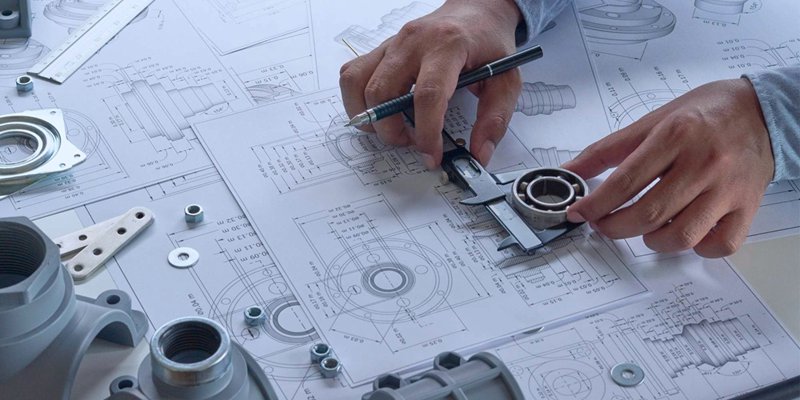- April 19, 2024
The engineering design process is arguably the cornerstone of product development projects, be it small-scale customized products or hi-tech industrial equipment. It provides engineers with clear guidelines on how to plan projects and track their progress. In this article, we will discuss the engineering design cycle and process in detail.
What is Engineering Design?
Let us begin with an overview of what is engineering design. A simple definition would be the application of engineering techniques and principles to solve a design problem creatively and systematically.
As it may seem, even our simple definition is a bit of a handful. For this reason, designers divide the whole process into various engineering design process steps, which adds clarity and structure to their work.
The engineering design cycle starts at the ideation stage and sees the product through from prototype to production, at which point it is ready to enter the market.
Engineering Design Process
The upcoming sections dive deeper into each stage of the process.
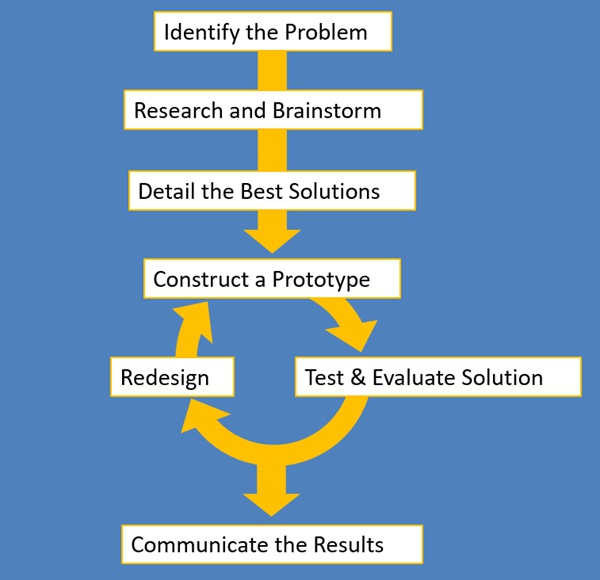
Problem Definition
Problem definition is the first, and arguably the most important, among engineering design process steps. At this stage, the engineering team sits down with product stakeholders, which includes people like investors, production managers, and the sales team.
The requirements of the product design are discussed in detail and the expectations of the entire group are clearly understood. This includes high-level targets like product functionality, aesthetic requirements, budgetary constraints, material limitations, product quality, etc.
The problem definition provides a framework for designers to base their work on. Goals are set for subsequent steps in the engineering design cycle accordingly, and it is common to revisit the problem statement if issues arise.
Research
In the research phase of the engineering design process, engineers carry out an in-depth study of the project. This phase involves a thorough investigation to understand the problem from various sources like academic literature reviews, design consultations, and engineering design principles.
This research gives designers specific insight into the problem and sets the stage for informed decision-making. At the end of this process, the designers are well aware of the problems they may encounter and the positives they can utilize.
Design Requirements
Once the research phase is complete, engineers can define design requirements by translating their insights into specific criteria. These criteria are technical, specific, and measurable.
In a common engineering design process example, these requirements include targets like product weight, volume, useful life, user safety, and manufacturing costs.
Feasibility Study
Next comes the feasibility phase. It is a critical phase in the engineering design process that focuses on evaluating the real-world practicality and viability of potential solutions. Engineers weigh their ideas against constraints coming from technical, environmental, financial, and legal aspects.
In doing so, designers develop a broader understanding of the project beyond the core design aspects. Moreover, they can identify potential risks, challenges, and technologies that can help them define a practical way forward.
What’s more, ensuring project feasibility is usually critical to securing funding from investors too.
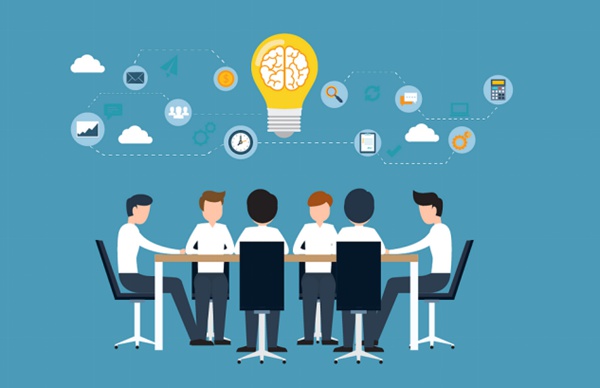
Concept Generation
Feasible projects enter the concept generation phase. This is an intensive brainstorming stage where the design team pitches ideas for different design concepts. The focus is on creativity and problem-solving, where team members are encouraged to find all possible solutions to the problem at hand.
Intensive brainstorming generally leads to a pool of potential design concepts that the team can then move ahead with.
After this initial stage, however, design engineers have idea-specific discussions to sift out poor ideas and direct their focus on concepts worth exploring further. It is an important phase in the engineering design process as low potential ideas are filtered out and the team gains clarity and direction regarding their approach.
Initial Design
After finalizing a concept to go ahead with, designers now need to get their hands dirty. The initial design stage is all about creating rough outlines or initial drafts of the proposed solution, with a focus on key features and design requirements.
Moreover, such designs are also a good way to communicate your design intent and ideas to non-engineering teams. This is an important aspect of engineering design as cross-team communication is necessary for ensuring progress and transparency in the process.
Such initial designs serve as a starting point for further refinement in upcoming stages.
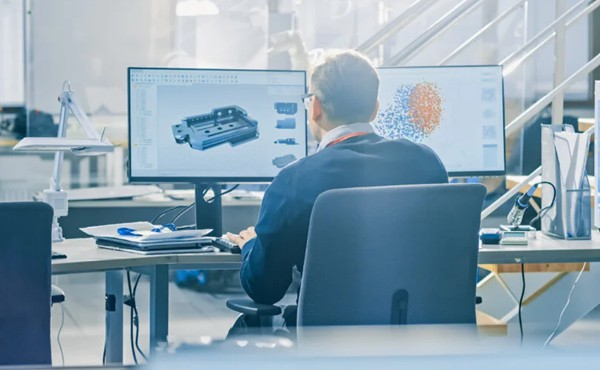
Optimize Design and Engineering Drawing
By the end of the initial design stage, designers have generally gone through a lengthy process of elimination to pinpoint the exact design they want to move forward with. However, at this point in the engineering design process, the initial design is still far from a functioning design.
Therefore, the detailed design and optimization stage bridges the gap between conceptual and functional design. First, the initial design will add requisite details. Dimensions are finalized, materials are chosen, tolerances are determined, and assembly setup/constraints are defined. These are hardcore mechanical design activities that ensure the functionality and safety of an engineering design.
Engineers use engineering drawings to consolidate and communicate all this information within and across teams. After design, an optimization study may also be performed. This is a good design and engineering practice. It aims to maximize the performance of the product by finding the best configuration of design inputs (dimensions, orientation, engineering fits, etc.).
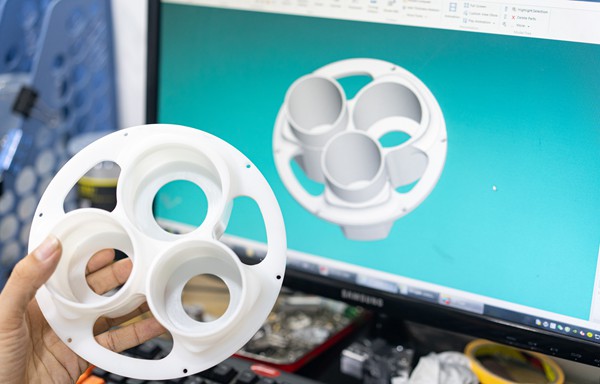
Prototype Development and Testing
The prototype development and testing phase focuses on transforming the product design into a working, tangible form. In this stage of the engineering design process, various rapid prototyping methods like 3D printing or CNC machining are utilized to manufacture working prototypes of the design.
After production, engineers use rigorous testing to identify flaws and areas for improvement. Tests may include failure testing, fatigue testing, overloading, etc. All these tests aim to simulate the real working environment of the product and to verify whether the design can work efficiently in those conditions or not.
This phase is usually very iterative as each cycle of testing reveals new issues that require rework on the design. The movement from conceptual design to final design takes time and patience on the design team’s end.
Moreover, this phase in the engineering design cycle also includes an in-depth design for manufacturing study. This analysis focuses on fine-tuning the design to ensure compatibility with manufacturing processes. For example, sharp internal corners may be rounded for convenient CNC machining.
By the end of the time-consuming prototype development and testing phase, the design is completely ready to go into batch production.
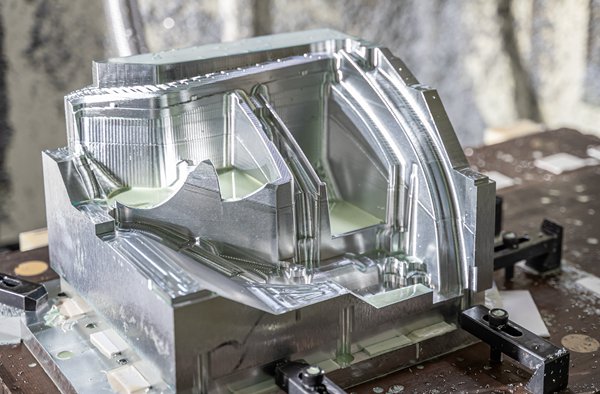
Production
The final phase in the engineering design process is production. After this stage, the team launches the product in the market and it gets into the hands of end-users. Therefore, it is a critical stage as mistakes are not affordable and the stakes are high.
In the context of engineering design, the design team forwards its work to the production department. The production team then prepares a manufacturing plan based on factors like deadlines, chosen manufacturing processes, DFM analysis, quality and quantity requirements, and material availability.
For example, if the product quantity is low, the production team focuses on low-volume production methods like CNC machining or vacuum casting rather than injection molding or die casting.
After manufacturing, the products pass through a quality check system where requirements like dimensional and form tolerances, surface quality, and heat treatments are verified.
Most companies work with a pre-defined quality threshold. For example, a company operating on 6-Sigma levels must make sure that there are less than 3.4 defects per million opportunities. Such requirements help maintain manufacturing quality.
Finally, the production team packages the products and delivers them to the supply chain department.
This point marks the end of the engineering design cycle.
Important Skills to Master for Engineering Design
Engineering design is a growing field with a lot of scope for young professionals. It is constantly evolving and absorbing related disciplines into its large body of knowledge, underpinning the fact that design engineers need to stay up to date with contemporary technology to stay competitive.
While the development of the engineering design cycle is a broad topic, we will highlight some of its core skills for design engineers.
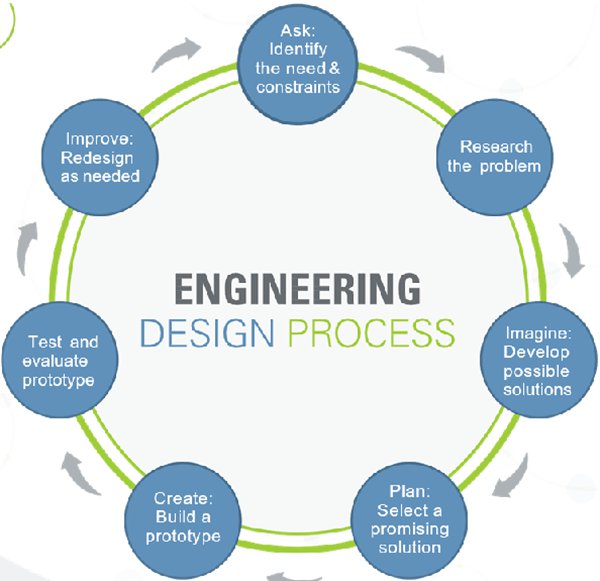
Engineering Knowledge
The first and foremost requirement to become a talented design engineer is to acquire engineering knowledge. This includes having a strong grasp of topics like machine design, thermal and fluid systems, manufacturing, and CAD. This list can go on, but we highlight some of the main topics for a basic overview.
Of course, depending on the designer’s specific industry, the knowledge requirements can change. It is good practice to identify your interests early on and start developing yourself in those specific skills to get a head start.
Creative Problem Solving
Design is all about finding creative solutions to complex problems. A design engineer must have the creative ability to come up with novel solutions to engineering problems. Additionally, these solutions should also be in line with the set design requirements and must obey design standards.
As you may imagine, it can get tough to think of ideas that are not only new and creative but also practical from an engineering perspective. Therefore, aspiring design engineers should put themselves through design projects to polish their skills and become good at their job.
Communication and Teamwork
The engineering design process is not simple, as we have seen. One person can rarely handle all the workload alone. Therefore, it is common to work in a team of technical and non-technical people while working on an engineering design project.
Therefore, one of the most important skills to have as engineers and manufacturers is communication and teamwork. If you are a good collaborator, you can carry your team very well. Team members contribute their share of the workload, complement each other’s capabilities, and maintain respectfulness.
Similarly, communication is a key skill to possess in teamwork. There are numerous situations where ineffective communication can cause problems. For example, not being able to communicate quality requirements to the production department can have serious consequences in the form of failed products.
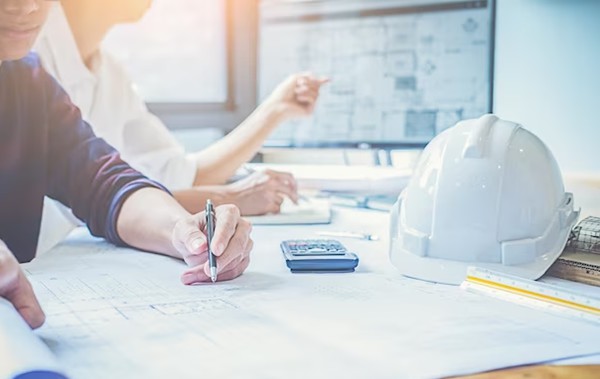
Engineering Design and Design for Manufacturing
In this last section, we would like to touch upon the topic of engineering design and design for manufacturing. Both are highly interlinked fields that work together to make a product successful.
The engineering design process was fully explained in the previous sections. As we saw, it has numerous engineering design process steps and clearly defined roles for design engineers at each step.
Design for manufacturing, in simple words, is a specialized field that focuses on making a design convenient to manufacture. This is done by altering the design in such a way that its functionality remains unaffected, but it gets cheaper and quicker to produce.
A common example of DFM analysis is the usage of filleted internal corners, removal of deep and narrow slots, and avoiding thin walls in CNC machining to ensure better surface quality and minimal tool wear. This does not change anything about product utility, but it drastically decreases part rejections, cycle times, and material wastage.
WayKen Supports Your Engineering Design - From Prototype to Production
Engineering designs optimize for manufacturing feasibility and efficiency, minimize potential production challenges, and reduce lead times and costs. As a professional rapid manufacturing company, WayKen enhances the engineering design process by offering advanced production and manufacturing solutions to meet specific needs. With WayKen’s support, you can identify and address potential production issues early on, ensuring smoother transitions from design to production.
Conclusion
The engineering design process is surely an outstanding methodology for working with design problems. The various engineering design process steps make the entire process very systematic and easy to follow, helping design teams organize their work in a better way.
FAQs
Why is prototyping important in the engineering design cycle?
Prototyping is crucial for validating the engineering design before it goes into full-time production. Due to the complex nature of engineering design projects, mistakes are expected to occur. The prototyping stage sifts out such design flaws and allows designers to improve the design over iterations.
What tools are used for engineering design?
Engineering design utilizes numerous tools like CAD, CAE, FEM, machine learning, life cycle analysis, etc. The exact choice of engineering tools depends on the engineering design process step and the nature of the project.
How to find the right manufacturer for engineering design?
Some of the factors you should consider while choosing a manufacturer for engineering design include manufacturing capabilities, quality of service, cost, material availability, and customer service.

